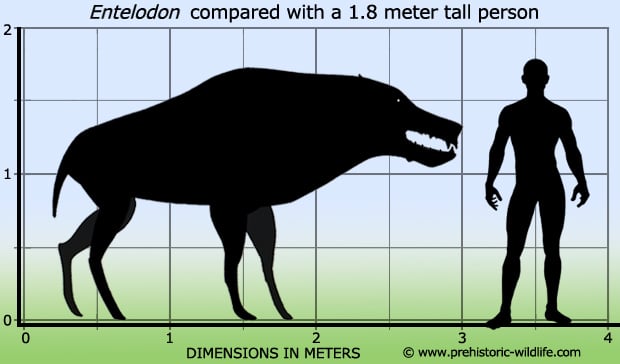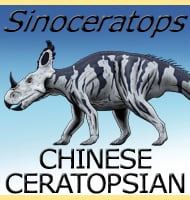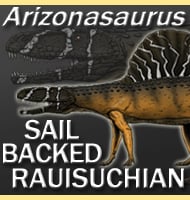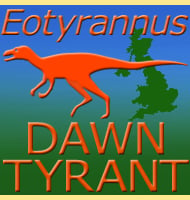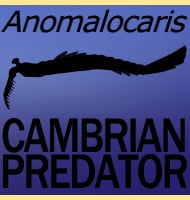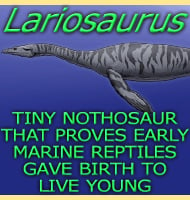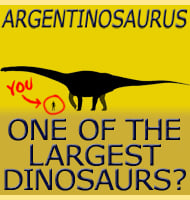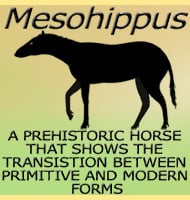In Depth
Along with Daeodon from North America and Paraentelodon from Asia, Entelodon is one of the largest currently known entelodonts, Eocene to Miocene era mammals that are interpreted as pig-like although their exact relationship to pigs is still strongly debated. The broad distribution of Entelodon species across Eurasia reveal that it was a successful animal. This success may have been down to an omnivorous diet which means that Entelodon had the capability to switch and adapt to different food sources. Additionally the large size of Entelodon not only meant that fully grown adults were unlikely to be attacked by creodont predators such as Hyaenodon, but Entelodon may have also been in a position to physically drive these predators away from their kills and feed upon the carcasses of animals themselves.
Since the appearance of entelodonts exploded in popular media from the start of the twentieth-first century there has been some confusion over the name Entelodon and the term entelodont with respect to what they mean. In the simplest terms, a group of animals is named after the first of their kind that was described to science. In this case Entelodon was the first of its kind that was described and so its name was used as a basis for the creation of the Entelodontidae. Members of the Entelodontidae are referred to as ‘entelodonts’ and while this can include the genus Entelodon, it can also include other genera that belong to the group Entelodontidae such as Archaeotherium and Daeodon amongst others. So to reiterate, an entelodont is any animal that belongs to a genus that is assigned to the Entelodontidae, while an Entelodon is an animal that is assigned to the genus Entelodon and because Entelodon is assigned to Entelodontidae, an Entelodon may also be referred to as an entelodont, but not the other way around unless the entelodont in question is actually an Entelodon. This is actually quite easy to pick upon when you remember that genus names like Entelodon always start with a capital letter and are printed in italics, while entelodont is left in standard print and is never capitalised, unless of course it is the first word in a new sentence.
Further Reading
– The fauna of the Houldjin gravels. American Museum Novitates 97:1-6. – W. D. Matthew & W. Granger – 1923. – Entelodon orientalis n.sp. (Suiformes) from the Oligocene of the Gobi Desert, Mongolia. – Acta Palaeontologica Polonica 10(2):281-285. – D. Dashzeveg – 1965.
